Details You Need to Know About Transporting a Big Dog in a Plane
Table of Contents
Though dog owners with smaller breeds are able to simply place their pet into a carry-on bag, it’s not so easy when you’re traveling with a Newfoundland or Rottweiler. Still, this doesn’t mean that you’ll have to rehome your beloved animal before your international move. However, it does mean that you should take the time to learn how to transport big dogs properly.
Transporting big dogs can be a challenging task, especially when it comes to air travel. Whether you’re relocating across the country or going on vacation, it’s essential to plan ahead and consider your dog’s needs to ensure a safe and comfortable journey. In this guide, we’ll walk you through the key considerations and requirements for transporting big dogs in a plane.
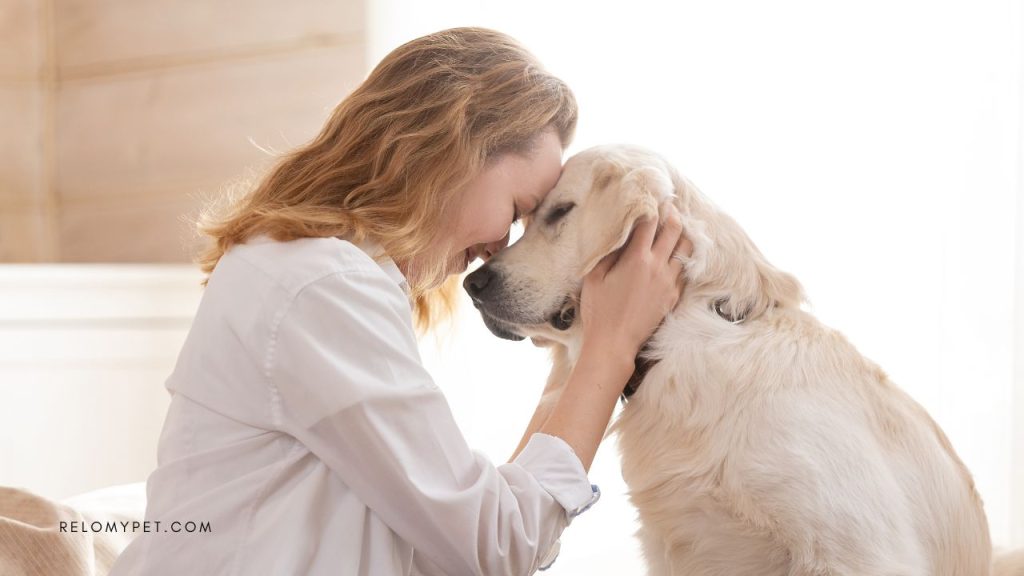
Importance of planning ahead for dog transport
While your big dog may be the same size as some children, it’s not exactly like flying with kids. In fact, when you have a large breed of dog, it requires much more planning! You’ll want to start early and look into the various airlines to understand their unique policies for accommodating large breeds.
Before you book your flight, it’s crucial to plan ahead and research airline requirements for dog travel. Airlines have specific guidelines for pet travel that you need to follow to avoid complications and ensure a smooth journey for your furry friend. Here are some of the things you need to consider when planning to transport your big dog in a plane:
- Airline requirements and restrictions
- Health and vaccination requirements
- Types of carriers accepted by airlines
- Crate training and acclimation to the carrier
- Necessary documentation for the flight
Planning ahead will not only make your trip less stressful, but it will also ensure your dog’s safety and well-being during travel.

Key considerations for transporting big dogs in a plane
Transporting big dogs in a plane requires careful consideration of several factors. Here are some of the things to keep in mind:
Size and weight of your dog
Airlines have different weight and size restrictions, and you need to ensure that your dog fits within those guidelines.
Breed restrictions
Some airlines have breed restrictions, and you need to check if your dog is allowed to travel with them.
Temperature restrictions
Depending on the airline and the route, there may be temperature restrictions, especially for brachycephalic (short-nosed) breeds.
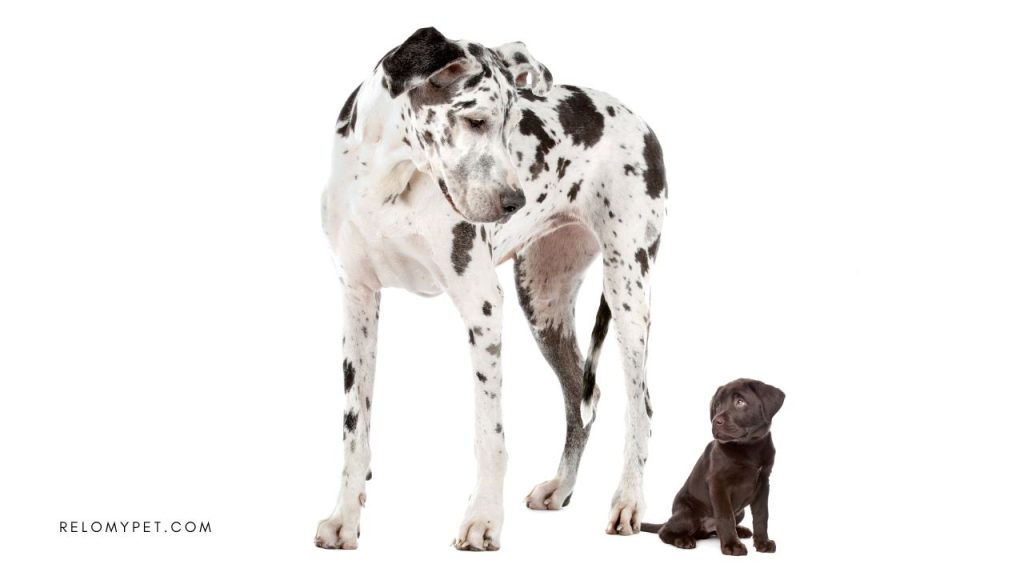
Comfort and safety
Your dog’s comfort and safety should be your top priority during the flight.
With this, if you don’t already own a crate, you should allow yourself plenty of time to find one that’s the right size. Then you will need enough time to train and acclimate your dog to the crate to ensure that they don’t panic during the flight.
The other thing you should know early is that the process of moving with a big dog is much easier with the help of a pet relocation company. Pet shipping professionals arrange animal transport for a living and are well-versed in airline and country requirements. This means your beloved pet will arrive safely without delays, so you guys can meet up and start your lives in your new country.
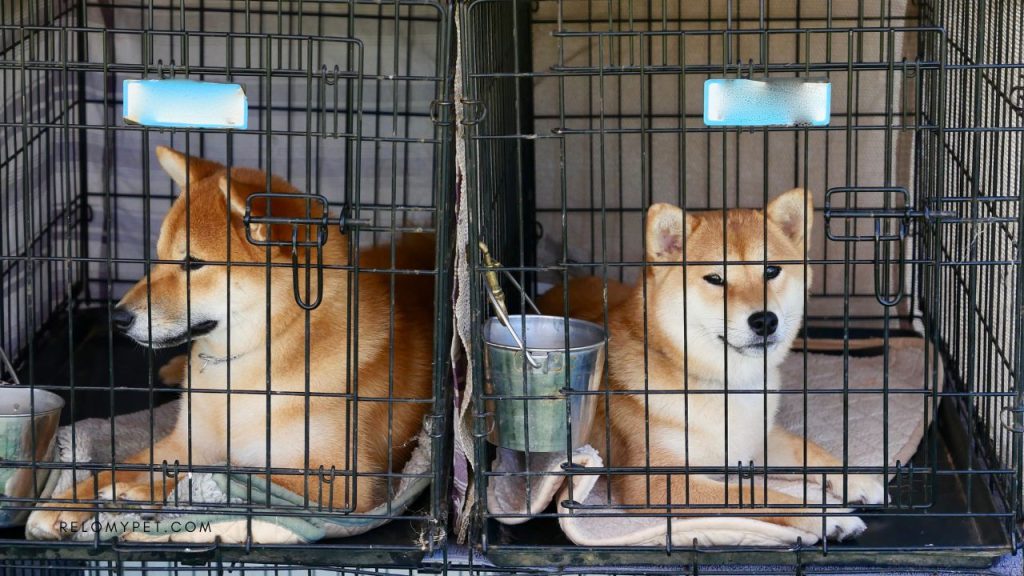
Dog Travel Requirements
To transport your big dog in a plane, you need to meet specific travel requirements. Here are some of the things you need to know:
- Airline requirements: Airlines have different rules and requirements for pet travel. You need to research and check the airline’s website for their specific guidelines.
- Health and vaccination requirements: Airlines require a health certificate from your veterinarian to ensure that your dog is healthy and up-to-date with vaccinations.
- Types of carriers accepted by airlines: Airlines have different requirements for carriers, and you need to ensure that your carrier meets those guidelines.

How to Transport Big Dog in a Plane
In the realm of air travel, there are three main ways for dogs to take to the skies. For those with small breeds and puppies, carrying your furry companion on board as a carry-on is often an option. It’s worth noting, however, that larger adult breeds will need to be transported differently, as they typically need to weigh 20 pounds or less to qualify for in-cabin travel.
If carrying your dog on board isn’t feasible, another option is to check them as baggage. Most airlines allow crated dogs to be transported in the same manner as other checked bags, with the crate being taken to check-in along with your other luggage. The crate, along with your beloved pet, will then be weighed and transported with the rest of the plane’s cargo.
In some cases, though, your dog might not be allowed to be transported as baggage. For example, countries like the UK, New Zealand and Australia require pet owners to fly their pets as manifested cargo. Though this may sound daunting, rest assured that you and your furry friend will still arrive at your destination together.
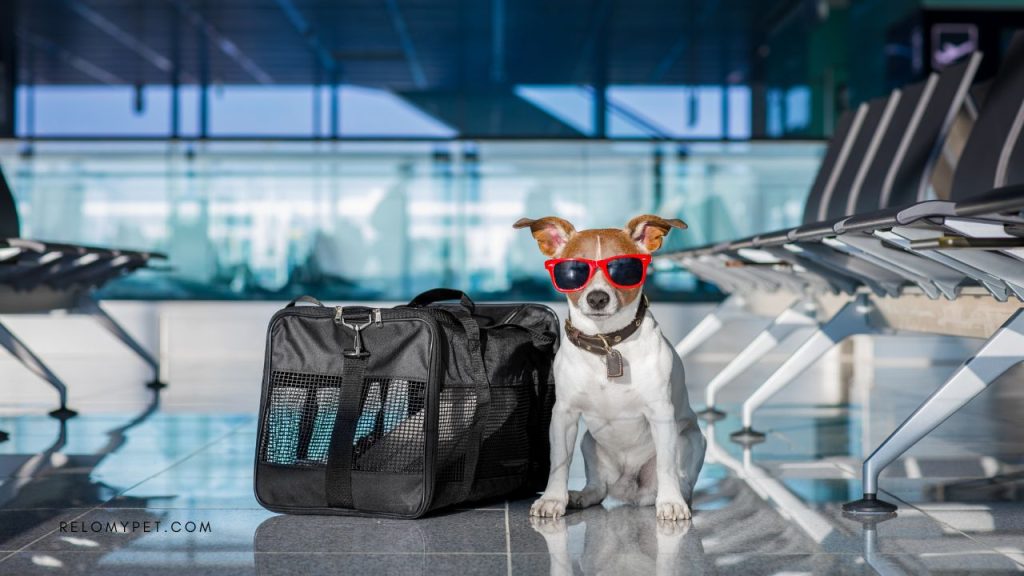
Preparation and Planning
Transporting big dogs in a plane requires some preparation and planning. Here’s how to do it:
Choose the right carrier
Your carrier needs to meet the airline’s requirements and be the right size and weight for your dog. The carrier should be well-ventilated and secure, with enough space for your dog to stand, turn around, and lie down comfortably.
Crate training and acclimation
It’s essential to crate train your dog and acclimate them to the carrier before the flight. This will reduce stress and anxiety during travel.
Necessary documentation
You need to prepare necessary documentation for the flight, including a health certificate from your veterinarian, proof of vaccinations, and any other required paperwork.
Feed and exercise your dog before the flight
Make sure to feed and exercise your dog before the flight to ensure their comfort during travel.
Check-in and boarding
Arrive early at the airport to check-in and board the flight. You’ll need to provide documentation and pay any fees associated with pet travel.
During the flight
Make sure to follow the airline’s guidelines for pet travel, including placing your carrier under the seat in front of you, not feeding your dog during the flight, and providing water if allowed. You should also check on your dog periodically and speak to them in a calm and reassuring tone.
After the flight
Once you arrive at your destination, take your dog out of the carrier and provide them with food, water, and a bathroom break. Monitor your dog for any signs of stress or discomfort, and seek veterinary care if necessary.
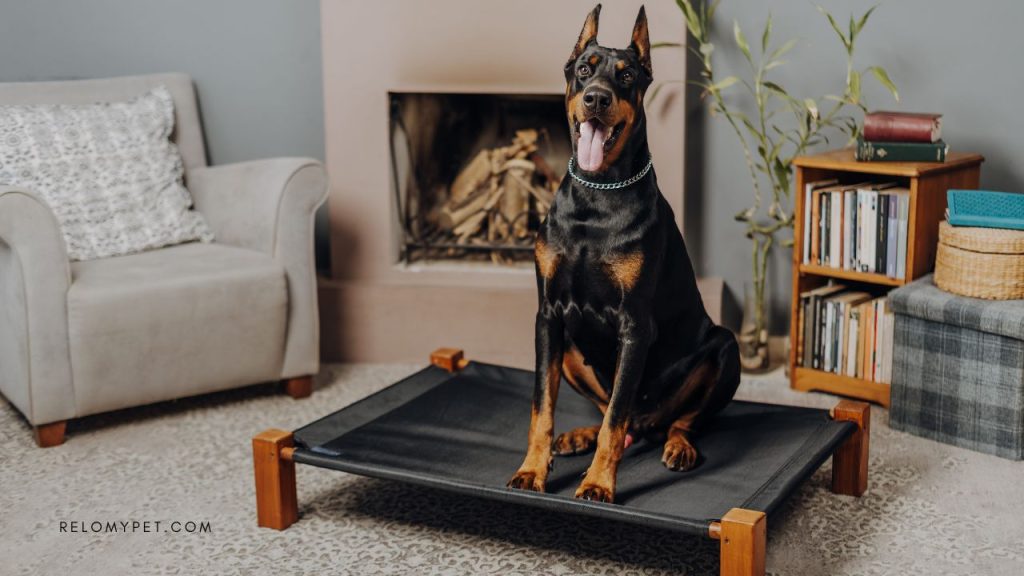
Transport Big Dogs as Cargo
It’s important to note that transporting big dogs as cargo is a different process than bringing them into the cabin with you. When traveling with large dogs that cannot fit under the seat in front of you, they may need to be transported as cargo in the cargo hold of the plane. This can be a stressful experience for both you and your dog, and it’s essential to choose an airline with experience in handling large dogs and to follow their guidelines and requirements for cargo transport. It’s also important to make sure that your dog’s carrier is airline-approved and meets the size and ventilation requirements. With proper planning and care, transporting big dogs as cargo can be a safe and secure experience.

Transportation of Big Dogs by Plane Canada
When it comes to flying with large dogs, it’s crucial to find an airline that not only accommodates your furry friend but does so in a way that is both safe and cost-effective. Fortunately, many airlines recognize the importance of allowing pets on board, with some going the extra mile to make the experience as seamless as possible.
Among the airlines that are particularly accommodating to large dogs, Air Canada stands out. With weight limits of up to 100 pounds, dogs can be checked in as baggage for a reasonable fee. However, if your dog is over the weight limit, it will need to be transported in cargo. Other airlines that have lenient policies for big dogs include Air France, Delta, American, Sun Country, and Swiss International.
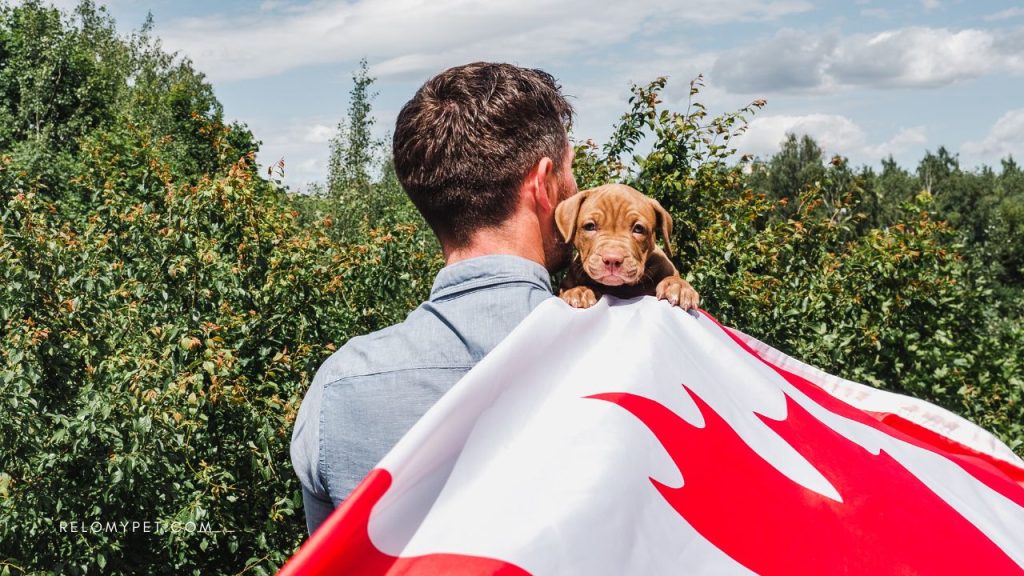
Final Thoughts
In conclusion, traveling with a large dog may require a bit of extra planning and preparation, but with the right approach, it’s absolutely possible to take to the skies with your furry friend by your side. By researching the policies and fees of various airlines and choosing one that’s accommodating to your dog’s size and needs, you can help ensure a smooth and stress-free journey for both you and your pet.
At Relopet International, we understand that traveling with a pet can be a daunting task, which is why we offer a range of pet relocation services to help make the process as smooth and stress-free as possible. From assisting with travel arrangements to ensuring your pet’s safe transport, our experienced team is here to help you and your furry friend get where you need to go. Contact us today to learn more about our services and how we can help you and your pet take on your next adventure with ease.
FAQ about transporting big dog in a plane
It depends on the size of your dog and the airline’s regulations. Most airlines allow small dogs to travel in the cabin if they fit under the seat in front of you. However, larger dogs may need to be transported as cargo.
The requirements vary by airline, but generally, you will need an airline-approved carrier that meets size and ventilation requirements, a health certificate from your veterinarian, and any necessary documentation for international travel.
Crate training and acclimation to the carrier are essential to ensure your dog’s comfort during travel. You can also speak to your veterinarian about using calming aids like pheromone sprays or anxiety medication.
Yes, transporting a big dog in a plane can be safe if you follow the proper guidelines and choose a reputable airline with experience in handling large dogs.
Yes, if your dog is too large to fit under the seat in front of you, they may need to be transported as cargo in the cargo hold of the plane. However, this can be a stressful experience for your dog, and it’s essential to choose an airline with experience in handling large dogs and to follow their guidelines for cargo transport.
Regulations for pet travel vary by province, and you will need to check with your airline and the Canadian Food Inspection Agency for guidelines and regulations. Breed-specific legislation may also apply in some provinces.
Do you need to relocate a big dog? Contact Relopet International
If you need to relocate a big dog and want to ensure a safe and stress-free experience for your furry friend, consider contacting Relopet International. We are a professional pet relocation company that specializes in transporting pets, including big dogs, internationally. We are experienced professionals who can help you with every step of the process, from obtaining the necessary documentation to choosing the right airline and providing personalized care for your dog during transport. With Relopet International, you can have peace of mind knowing that your big dog is in good hands and will arrive at their destination safely and comfortably.
